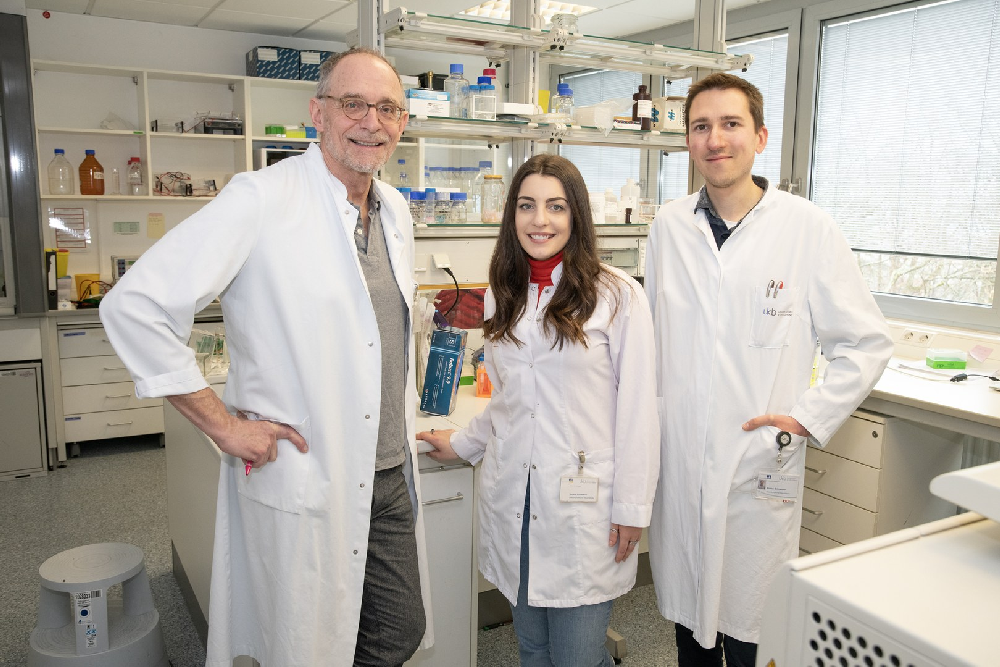During spermiogenesis, round immature cells in the testes develop into mature sperm with a head and tail. At the front of the sperm head, which carries the genetic material, is the acrosome; a structure required to cross the protective layer around the egg during fertilization. The sperm tail allows the cell to actively reach the egg. The shape of the sperm is unique and the cytoskeleton contains special proteins found only in sperm cells. This cytoskeleton ensures the stable connection of the individual parts of the sperm. In the area of the sperm head there is the perinuclear theca (PT) which is a cytoskeletal structure surrounding the sperm head. In this PT Cylicin 1 and Cylicin 2 are located. The role of these proteins had not yet been investigated.
"Since cylicins are very similar in mice and humans, our study in mice also allows us to find out more about human sperm development," says corresponding author Prof. Hubert Schorle from the Institute of Pathology at UKB, who is also a member of the Transdisciplinary Research Area (TRA) "Life & Health" at the University of Bonn. "We hoped to gain insights into the complex network of factors that control sperm development and thus also male fertility."
Cylicines are a structural component of the sperm calyx
To find out where cylicins are needed in spermiogenesis, Prof. Schorle's research group created and studied mice that can no longer produce Cylicin 1 and respectively or Cylicin 2. "Male mice lacking Cylicin 1 achieved fewer pregnancies and smaller litters when mated with healthy females," says first author Dr. Simon Schneider of the Institute of Pathology and Bonn Technology Campus of the Faculty of Medicine. First author Andjela Kovacevic, a Ph. D. student in Prof. Schorle's group, adds, "The absence of two or more copies of the Cylicins rendered male mice infertile: mating resulted in no pregnancies." The reason for the observed infertility is ...
